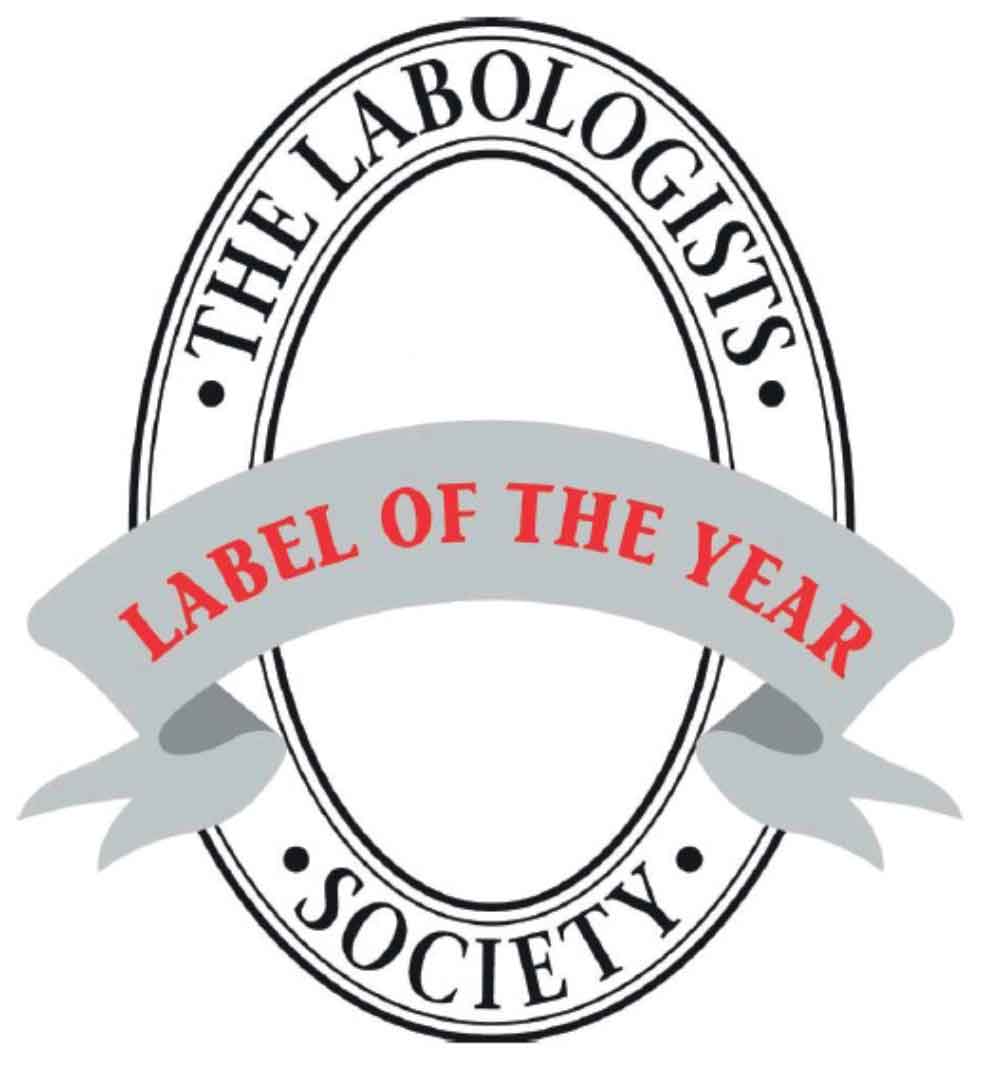The combination of blue and yellow on a label has always interested me. I would have liked to include one of the Soulby, Sons and Winch labels, but the esteemed webmaster has asked me to steer clear of labels already featured on the site. This is understandable, so I am including this very attractive example from the Oldham Brewery Co. for their Darby (why???) Light Dinner Ale. I assume that this was a Pale Ale with a low alcohol content.



4 Comments
4 June, 2015
at 6:53 am
I find the ‘non-Deposit’ indication on this label interesting as I do not recall seeing it on other labels of this vintage very often. Does anyone out there in label land have any knowledge of the historical significance of this fact????
4 June, 2015
at 3:00 pm
I think the non-deposit on this label refers to a ‘bright’ beer rather than a deposit on the bottle. There are lots of labels around that mention a bottle deposit, and a few which indicate the beer has been filtered, or pasteurised. It is possible that Oldham Brewery had a reputation for ‘cloudy’ beer and this was an attempt to lose that reputation.
8 June, 2015
at 5:22 am
Hi Peter, As I recall, ‘bright beer’ was originated sometime during WWII by Eldridge Pope & Co Ltd. It seems there was a custom of rushing out to meet returning aviators with a barrel of beer on the back of a truck or jeep type vehicle. Naturally, a barrel of real ale containing yeast would be agitated by this and thus rendered not very drinkable. Eldridge Pope came up with the solution of drawing off beer from a settled racked barrel and this was referred to ‘bright’ or ‘clear’ beer to indicate that it was drinkable. Or so the story goes!
This would lead me to lead me to date this label as likely from the late 40’s or perhaps 50’s??
Cheers
Dale
11 June, 2015
at 9:41 am
Bottled beer used to be hand-bottled direct from the newly primed, un-fined cask in the brewery bottling stores and, consequently, would contain a light film of sediment. The small amount of yeast would ferment the priming or remaining sugar in the bottle. The longer the beer was left in bottle the drier and fizzier it would beccome and on opening the bottle, gushing could occur resulting in most of the beer spurting out the bottle and the remaining stuff being cloudy as a London Fog. Customers complained when beer was being served in see-through glass. Some beers today are “naturally conditioned in bottle” using the same process. Filtered beers were, indeed, filtered and chilled and put into tanks under a blanket of CO2 before bottling. But before that process took off in the industry, brewers matured their beers in “vats” which were often glass-lined, enclosed vessels to which primings had been added. When enough CO2 from natural secondary fermentation was dissolved and the brewer felt “maturation” was complete, finings were added to completely settle the yeast in the “vat”/conditioning vessel and the now clear and bright beer was chilled further and bottled. That was “No Deposit”, “Non-deposit” or Bright Beer. Some brewers also called such beers “Sparkling” or “Crystal” and they were generally pale or “Light Dinner Ales”. EP & Co registerd the trademark Crystal and took it as their own, although I believe either Roses or Russell & Wrangham of Malton also used the term “Crystal” after EP registerd the name.